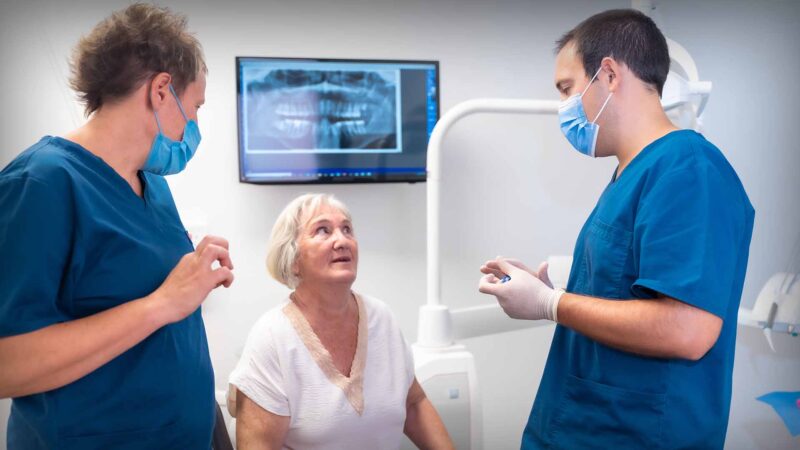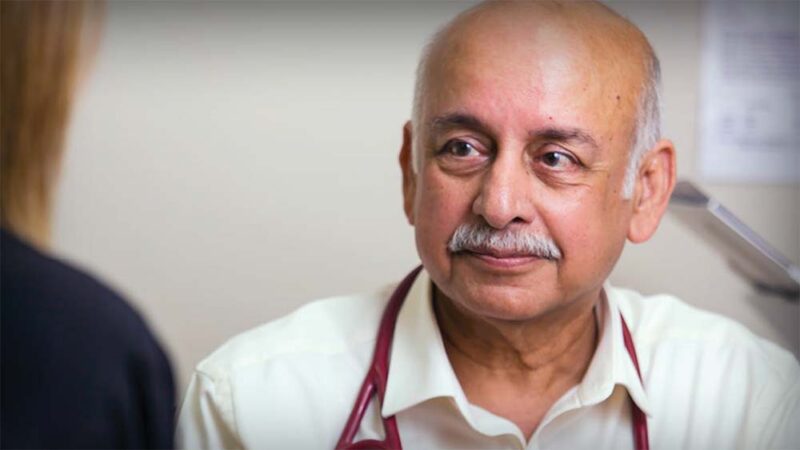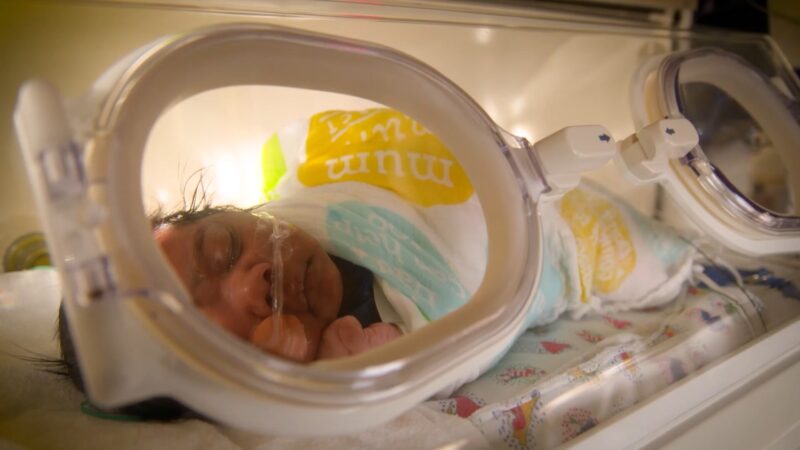Communities across Australia rely on Registered Nurses (RNs) to provide primary care, acute care and aged care. They are skilled, capable and trusted healthcare practitioners often working in some of the most rural and remote parts of the country.
In March 2023, the Australian Government released the National Rural and Remote Nursing Generalist Framework 2023–2027. The Framework is a world first and describes the unique context of practice and core capabilities for rural and remote Registered Nurses in Australia.
As well as describing skills, capabilities and support needed by RNs, the Framework emphasises the importance of clinical decision-making judgement of the patient’s situation, culturally safe practice, collaboration, and partnerships with clients, families and communities.
The framework is for RNs who work in rural and remote locations across Australia, or are looking to relocate there. One such nurse who relocated is Clinton Archer, with Queensland Health, who was interviewed by Australian Health Journal for this segment.
Other ways the the Framework can be applied include:
- For Registered Nurses, mapping their development of the capabilities with a mentor, to develop from formative to proficient skill levels.
- For Educators and Education Providers, supporting individual skill development or curriculum based on the capabilities.
- Government, Organisations and Employers, using the Framework as a guide to grow and support the development of a skilled rural and remote RN workforce
The Framework was developed by the Office of the National Rural Health Commissioner and Australian Health Journal spoke with National Rural Health Commissioner, Adjunct Professor Ruth Stewart, and Deputy National Rural Health Commissioner – Nursing and Midwifery, Adjunct Professor Shelley Nowlan, on the importance of rural and remote nursing and of the Framework itself.
Important contributions and expertise of the members of the National Rural and Remote Nursing Generalist Framework Steering Committee (Steering Committee) led the Framework through its development and consultation. Steering Committee members represented the following organisations.
- Office of the National Rural Health Commissioner
- Australian Government Department of Health and Aged Care
- Australian and New Zealand Council of Chief Nursing and Midwifery Officers
- Australian College of Nurse Practitioners (ACNP)
- Australian College of Nursing (ACN)
- Australian Nursing and Midwifery Accreditation Council (ANMAC)
- Australian Nursing and Midwifery Federation (ANMF)
- Australian Primary Health Care Nurses Association (APNA)
- Congress of Aboriginal and Torres Strait Islander Nurses and Midwives (CATSINaM)
- Council of Deans of Nursing and Midwifery (CDNM)
- Council of Remote Area Nurses of Australia (CRANAplus)
- James Cook University
- Nursing and Midwifery Board of Australia (NMBA)
You Might also like
-
Dental and oral health care priorities for the elderly
In 2023, there are a number of changes occurring in dental services including the start of a new Senate inquiry and new registered nurses in residential aged care. Yet in the meantime there are gaps and delays in dental and oral health interventions for elderly Australians, unless training is more widely deployed.
Australian Health Journal spoke to Leonie Short, a dental therapist working for Seniors Dental Care Australia on what she considers are dental and oral health priorities for the elderly, based on her work in the aged, home and disability sectors.
-
GP Health of The Nation
As Australia’s largest professional general practice organisation, the RACGP represents more than 43,000 members, including more than 24,000 Fellows who have completed specialist training (or its equivalent). These are the frontline GPs who treat almost 22 million patients across the country every year.
Each year the runs a survey across Australian Doctors. This year’s report reflects the experience of more than 1300 RACGP Fellows from across Australia. Despite this and other achievements, the share of total government healthcare spend for primary care is in decline.
-
Australian Healthcare and Hospitals Association Equipment Hospitals and Clinics New Content Paediatric
Health equity
For 30 years the Humpty Dumpty Foundation has worked to help bridge the gap that often exists between available resources and actual needs through the donation of paediatric medical equipment. Humpty, like many other charitable initiatives, began with a humble goal. Its Founder and Executive Chairman, Paul Francis OAM, together with Patron Ray Martin AM, set out to raise some money to paint the walls of the Children’s Ward at Royal North Shore Hospital.
To date more than 440 hospitals and health services have shared in over $85 million of essential and lifesaving medical equipment for sick and injured paediatric patients.



